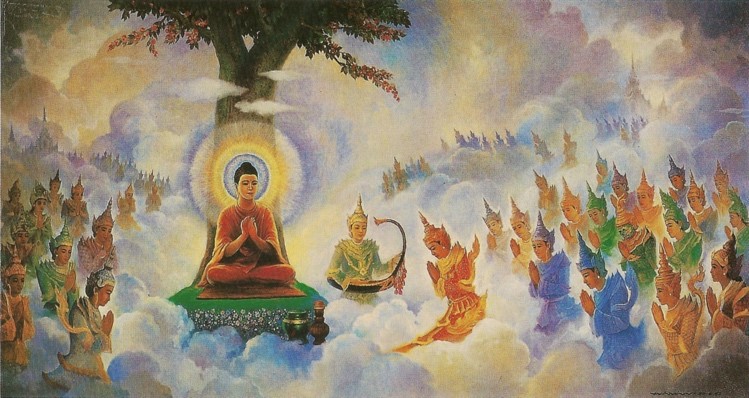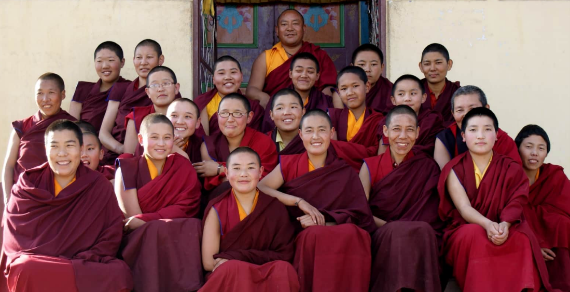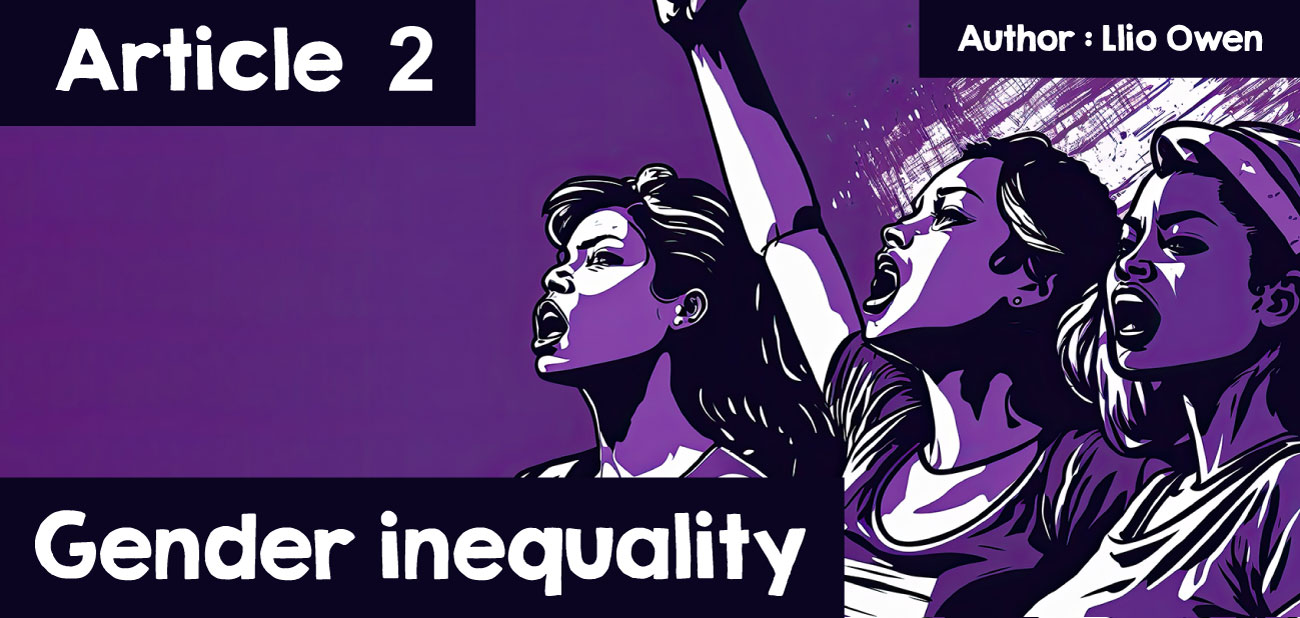The views of the schools of Buddhism
In 1948, after the devastation of World War II, the Universal Declaration of Human Rights was created by the United Nations. This document set out rights and freedoms that everyone in the world is entitled to, such as the right to education, equal pay, the highest standard of health, freedom from violence, and protection against discrimination. Despite this, many people still face discrimination because they are seen as different from what society considers “normal.” This includes people of different races, sexualities, and genders.
This article focuses on Gender inequality and women’s rights. Gender inequality refers to issues that unfairly affect women and girls. Over the years, women have had to fight hard for fair treatment and to challenge laws that put them at a disadvantage compared to men. For example, in the early 20th century, suffragettes fought for women’s right to vote. More recently, during the Taliban’s control of Afghanistan, young girls like Malala Yousafzai have had to fight just to go to school. Even today, women are still disadvantaged, such as being paid less than men for the same work.

For centuries, many people have believed that religion reinforces inequality, giving women roles as wives, mothers, and carers of the home while treating men as superior. But not all religions or beliefs view women in the same way, and this includes Buddhism.
Buddhism is different from religions that worship a god. The Buddha, its founder, was not considered a god but a man who spent his life seeking truth and satisfaction in the world. His teachings, called "Dharma", focus on truthful living and are open to everyone. The Buddha believed his teachings were universal, meaning they were not limited to specific groups or genders.
However, when Buddhism began, it existed in a patriarchal society where women were seen as less important than men. They were often excluded from religious practices and told they could not reach the same spiritual level as men. Despite this, the Buddha broke these societal norms by allowing women to join his community, known as the Sangha, as equals. This was controversial at the time, as many male monks opposed it, but the Buddha believed women were capable of enlightenment, the ultimate goal in Buddhism. Enlightenment means achieving full wisdom, peace, and freedom from suffering.
For women in patriarchal societies, joining the Sangha was revolutionary. It gave them independence and allowed them to decide their own futures. The Buddha’s decision to include women suggests that his teachings supported equality and fairness.
There are stories in Buddhist texts that highlight the Buddha’s belief in women’s potential. One famous story is about Kisa Gotami, a grieving mother whose child died from an illness. Heartbroken, she turned to the Buddha, begging for help to bring her child back. Instead of dismissing her as overly emotional, as others might have at the time, the Buddha taught her about “Dukkha,” the concept that life is full of suffering and loss. Through his teachings, Kisa Gotami came to accept her situation and later achieved enlightenment herself. This story shows that the Buddha saw women as intelligent and capable of spiritual growth.
The Buddha’s teachings were centred on ending suffering, which he believed applied to everyone equally. If women were treated as less than men, this would cause suffering and go against the principles of Buddhism. In this way, many argue that Buddhism aligns with feminist ideas, as it recognises the potential in all human beings, regardless of gender.
However, Buddhism’s views on gender equality are not always consistent. In some texts, women are portrayed as less capable than men. For example, in The Lotus Sutra, chapter 12, the Dragon King’s daughter is described as a being with great potential for enlightenment. Yet, when she becomes enlightened, she transforms into a man. Some interpret this to mean that women must take on a male form to achieve spiritual progress, suggesting that men are seen as superior.
Another story that highlights gender inequality in Buddhism is that of Mian Parnchand, a woman born in Thailand in humble circumstances. She was considered spiritually gifted and could deliver Buddhist sermons by the age of two. Despite her potential, Mian struggled in her youth, falling into alcoholism and homelessness. Later, ashamed of her behaviour, she sought to turn her life around and wanted to become a monk. However, in Thailand, only men were allowed to be ordained as monks.
To overcome this, Mian changed her identity, calling herself Luang Por Yai, which translates to “Respected Founder Father.” She shaved her hair and lived as a man to be ordained. As a monk, she worked to help others struggling with addiction and went on to found a Buddhist monastery that supported over 105,000 people. Her monastery continues her work today, even though she passed away in 1970. However, her story shows how rigid gender roles within Buddhism can prevent talented women from fully participating unless they disguise themselves as men.
Looking at these examples, it’s clear that Buddhism has mixed views on gender equality. On one hand, the Buddha challenged societal norms by treating women as equals and allowing them to join the Sangha. Stories like Kisa Gotami’s show that women were seen as capable of achieving enlightenment. On the other hand, examples like the Dragon King’s daughter and Mian Parnchand suggest that some aspects of Buddhism still view men as superior.
Scholars like Archana Paudel argue that women in Buddhism are often given lesser roles and that the religion has not fully embraced gender equality. While there are stories of extraordinary women who have proven their worth, Buddhism and society as a whole still have progress to make in treating women as equals.

What do you think? Are women treated equally in Buddhism and other parts of society today? If not, what more can religions and communities do to ensure fairness and equality for all?


